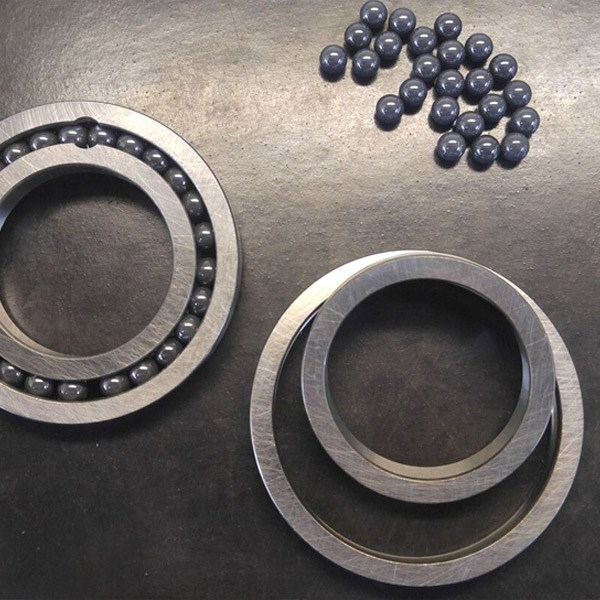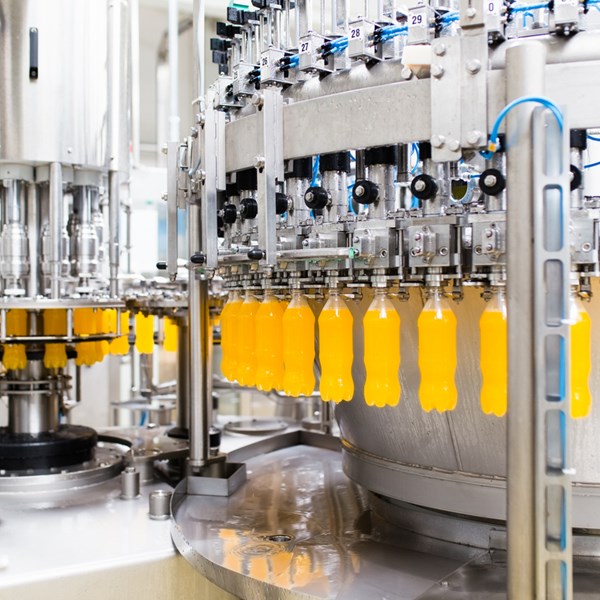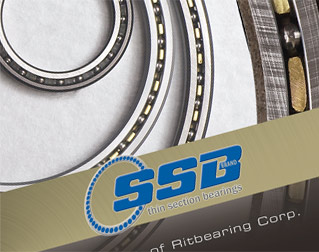Deciding on the right thin section bearing materials are like choosing what you wear – you need to dress your parts up for the right occasion. For example, it doesn’t make sense to invest in a standard bearing material if it’ll lead to early bearing failure or other issues. Likewise, it doesn’t make sense to pay for a premium material if a standard solution can handle your performance needs.
Proper material selection is very important for your thin section bearings. Let’s break down the various material options for these parts and why they may make sense for your needs.
Chrome Steel
Also known as carbon steel, this material is one of the most common options you’ll find for bearings. The 52100 bearing steel is a high carbon, low alloy steel that contains chromium. Thanks to its makeup properties, this material provides excellent strength and fatigue properties for operating temperatures less than 400 degrees Fahrenheit. These features make chrome steel a great choice for most general applications in need of thin section bearings.
Available chrome steel bearing options
- R – no seals or shields
- RJ – two seals
- RN – thin dense chrome plating
- RL – thin dense chrome plating with two seals
- RH – one seal
Tool Steel
M50 tool steel is a molybdenum type material that works as an intermediate high-speed solution. The increase molybdenum gives this material option increased wear resistance, as well as strength for temperatures up to 800 degrees. In addition, M-50 tool steel boasts good oxidation resistance and high compressive characteristics. These characteristics makes M-50 tool a good option for bearings used in higher temperature environments that demand increased resistances, such as those for aircraft.
Available tool steel bearing options
- RM – no seals or shields
Stainless Steel
If you have an application that operates at very high temperatures or demands clean room conditions, 440C stainless steel may be the right material for your needs. Stainless steel provides much better corrosion and chemical resistance than standards steels, making it an attractive choice for any application where potential product contamination is a major issue, such as food processing or semiconductor equipment manufacturing. Stainless steel also offers high stability in high temperature, although it’s also softer than lower-temperature options. However, this can be overcome by choosing a stainless steel part that meets your performance needs.
Available stainless steel bearing options
- RS – no shields or seals
- RW – two seals
Ceramic
While ceramic isn’t an option for the inner and outer races, you can opt for a hybrid thin section bearing made with steel raceways and cages and ceramic balls. Ceramic offers a few advantages other standard steel balls, starting with ceramic being a lighter material than steel. In addition, ceramic offer higher corrosion resistance and high-temperature capabilities up to 1,800 degrees.
Unlike steel, ceramic is also nonconductive, which makes it an appealing option for certain electrical applications. However, ceramic balls are more expensive than standard metal ones. Of course, this additional cost may be well worth the price depending on your exact performance and environmental requirements.
Available bearing options with ceramic balls
- RX – chrome steel
- RY – stainless steel with no seals or shields
Find the Right Bearing Material for Your Applications
There are several different factors that can impact the success of your thin section bearings, so it’s crucial to invest in the right parts for your specific needs. At SSB, we have the components and expertise available to tailor our inventory to your requirements. If you already know what you want, you can build your own custom thin section bearing through our SSB product builder. If not, contact us today to have one of our experts identify a solution for your performance needs and budget.








